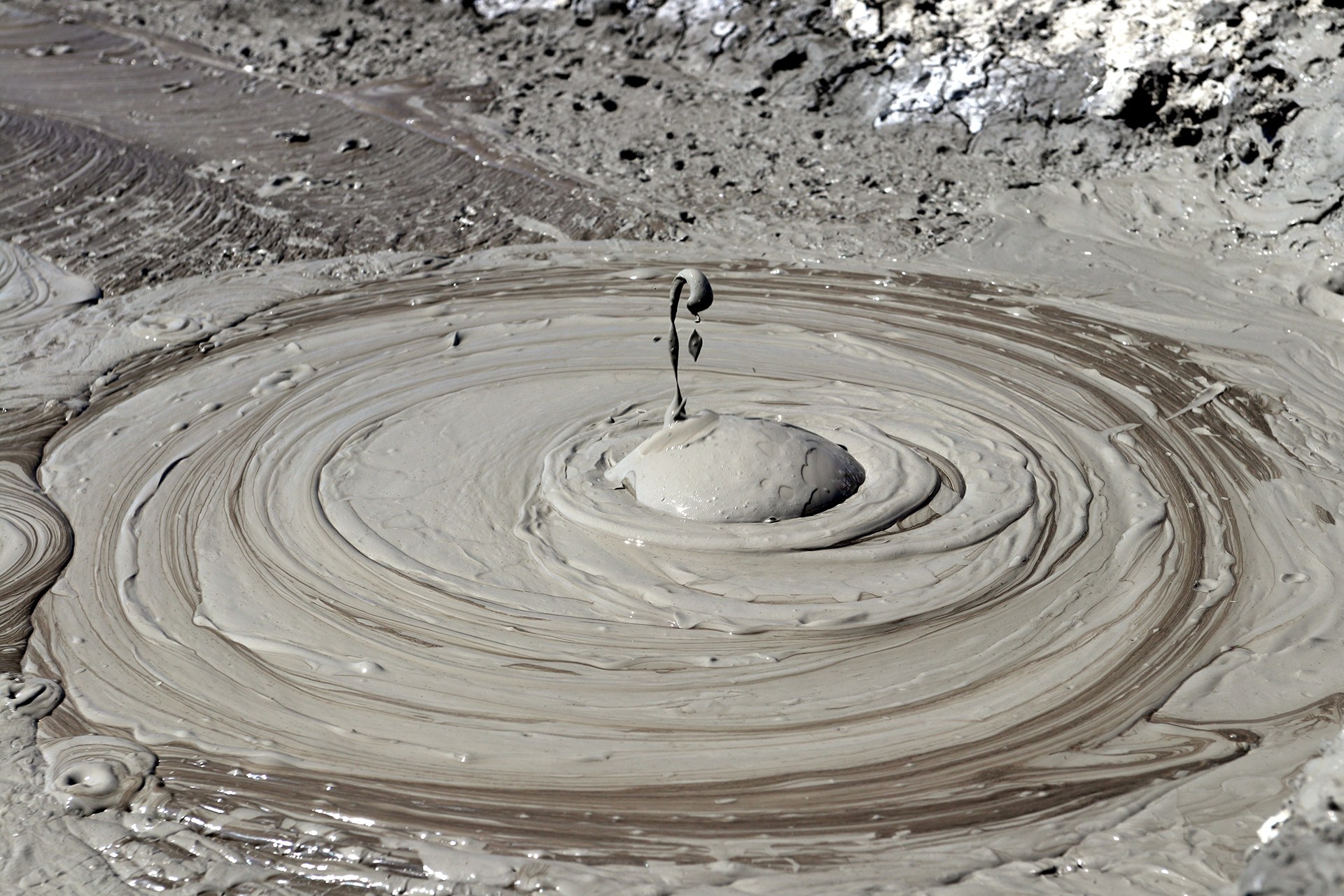Did water-rich sediments also reach the Martian surface?
Did water-rich sediments also reach the Martian surface?
Water that flowed over the surface of Mars billions of years ago transported large quantities of sediments to the northern lowlands, where they were later covered by younger sediments and volcanic rocks. Some Mars researchers suspect that these water-rich sediments became liquefied underground and rose back to the surface under pressure – similar to this hot ‘mud spring’ at Bakhar in Azerbaijan (diameter approximately 1.5 metres). Experiments in a low-pressure chamber, in which DLR scientist Ernst Hauber was involved, have now shown that the flow behaviour is similar to that of what is referred to as ‘ropy lava’ (or, according to the Hawaiian term for smooth, unbroken lava, also known as ‘ pāhoehoe’ lava), which is at a temperature of several hundred degrees Celsius. This implies that mud flows on Mars take a completely different course than those on Earth. This observation could support the assumption that many of the conical hills with central craters discovered in the north of Mars are also mud volcanoes.

